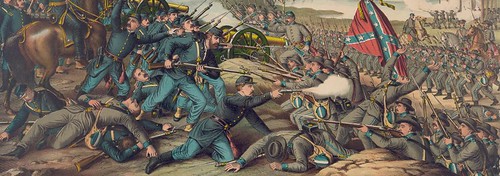Barbados becomes independent from the United Kingdom.
Barbados gained its independence from the United Kingdom on November 30, 1966. This marked the end of nearly 300 years of British colonial rule in Barbados. The process leading to independence was relatively peaceful, and Barbados became a sovereign nation within the Commonwealth.
The journey towards independence began with political and social developments in the mid-20th century. The Barbados Labour Party (BLP), led by Errol Barrow, played a crucial role in advocating for greater autonomy and self-governance. In 1961, Barbados achieved full internal self-government, which allowed for the island to have its own parliament and a greater degree of control over its domestic affairs.
The push for complete independence continued, and negotiations between Barbadian leaders and the British government resulted in the Barbados Independence Act of 1966. This act, which received royal assent on July 22, 1966, paved the way for Barbados to become an independent state on November 30 of the same year.
The formal ceremony for Barbados’ independence took place at the Garrison Savannah, with a grand parade and the raising of the new national flag. Errol Barrow, who had become the Prime Minister, played a key role in the celebrations. Barbados remained a constitutional monarchy with a parliamentary democracy, and it retained ties to the British Crown through its membership in the Commonwealth of Nations.



